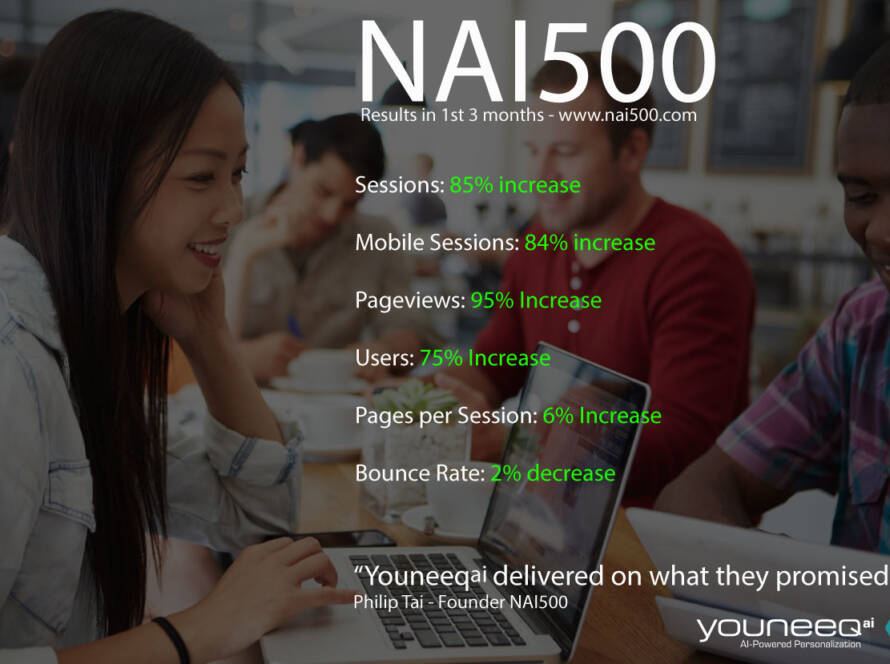How AI Personalization Renders Age and Gender Irrelevant
For decades, marketers have relied on demographics—age, gender, location, and income—to segment audiences and tailor messaging. The logic seemed sound: people in the same age bracket, gender, or income level must share common interests and behaviors. But as digital experiences have evolved, so has consumer behavior. Today, AI-driven personalization is dismantling the traditional demographic model, proving that who we are matters far less than how we behave.
The Flaws of Traditional Demographics
Demographics have long been the foundation of marketing strategies, but they come with significant limitations:
- Assumptions Over Behavior: Just because someone is a 55-year-old male doesn’t mean he isn’t shopping for skincare products or following the latest TikTok trends.
- Static Segments: Demographics categorize people into broad groups that fail to capture personal interests, preferences, and changing behaviors over time.
- Missed Opportunities: Brands that rely too heavily on demographics may exclude valuable customers who defy their expected consumer profiles.
In an era of hyper-personalization, these outdated segmentation models are giving way to a more precise and responsive approach: AI-driven behavioral personalization.
AI Personalization: The Death of Demographics
AI personalization shifts the focus from who consumers are to what they do. Instead of making assumptions based on age or gender, AI analyzes real-time user behavior to deliver relevant, timely, and context-aware experiences. Here’s how:
- Behavior-Based Recommendations
AI tracks users’ interactions—what they click, search, buy, and engage with—to create dynamic, individualized recommendations. Instead of suggesting products based on a user’s assumed demographic, AI surfaces options based on their demonstrated preferences.
For example, two users may both be 35-year-old women, but one prefers high-performance athletic gear while the other shops for luxury business attire or both. AI-driven personalization ensures each sees content that resonates with their actual interests rather than their age or gender.
- Context-Aware Engagement
Personalization engines analyze browsing habits, purchase history, and even external factors (e.g., time of day, device type, or location) to serve highly relevant content in the right moment.
- A 60-year-old might receive recommendations for streetwear if they frequently browse fashion-forward brands.
- A 20-year-old might get promoted premium watches if they’ve shown an interest in luxury brands.
- Adaptive Learning
Unlike demographic-based marketing, AI continuously refines and adapts based on real-time user interactions. If someone shifts from purchasing budget-friendly options to premium brands, the system adjusts, recognizing evolving preferences instead of pigeonholing them into a fixed category.
- Cross-Platform Consistency
AI personalization unifies experiences across multiple touchpoints—web, mobile, email, and even in-store interactions. This creates a seamless journey that reflects a user’s interests rather than relying on broad, impersonal demographic assumptions.
The Business Impact: More Revenue, Better Engagement
Moving beyond demographics isn’t just a conceptual shift; it delivers measurable results:
- Higher Conversion Rates: Personalized recommendations generate more than 30% of eCommerce revenue, according to McKinsey.
- Increased Customer Retention: Consumers are more likely to return to brands that remember their preferences and provide tailored experiences.
- More Efficient Marketing Spend: AI-driven targeting reduces wasted ad spend by ensuring the right people see the right message at the right time.
The Future: A Post-Demographic World
As AI continues to evolve, the role of traditional demographics in marketing will continue to fade. The brands that succeed in the future will be those that embrace behavioral data, dynamic personalization, and AI-driven adaptability.
In this new landscape, age and gender are becoming irrelevant—what truly matters is understanding consumers as individuals, not as members of a predefined group. The death of demographics isn’t a loss; it’s an opportunity to engage customers more meaningfully than ever before.
Ready to Ditch Demographics?
If you’re still relying on outdated segmentation methods, it’s time to embrace the power of AI-driven personalization. Contact us today to learn how we can help transform your marketing strategy for the digital age.





